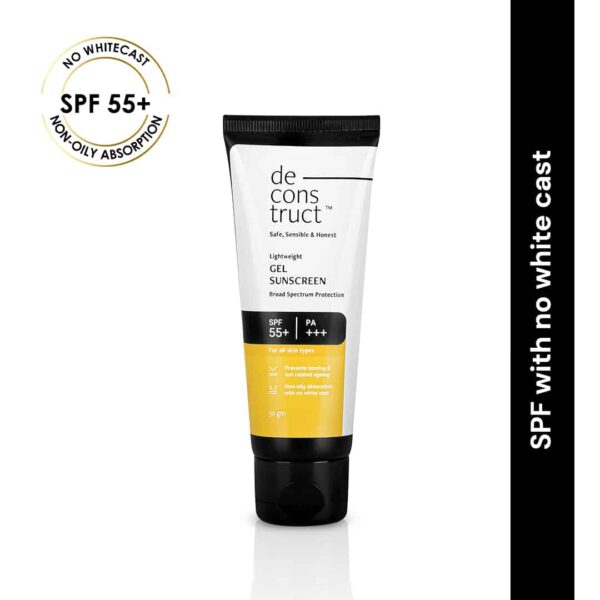Dead skin buildup is one of the common root causes of skin concerns. They clog the pores and lead to dull, dry and flaky skin. That is why exfoliation is crucial. It buffs the layer of dead skin to reveal glowing, soft skin beneath. Face scrubs are made from coarse ingredients that help in exfoliation. One common problem with face scrubs is that the coarse ingredients can easily damage the stratum corneum, the outer layer of your skin. So how to exfoliate well without peeling the upper layer?
Here’s where the AHA and BHA come in!
Ingredients like AHAs and BHAs act as peeling agents and don’ just work superficially on the skin. They have excellent efficiency in removing dead skin cells and improving skin texture without any side effects.
If you are wondering if these chemicals are safe for your skin and if you should stick to conventional manual ways of exfoliating, this article is just for you! We will uncover the essential facts about the two chemical exfoliants – AHA vs BHA.
What are AHAs?
AHA, or Alpha hydroxy acid, is derived from fruits and milk. This water-soluble chemical exfoliator effectively peels away dead cells and promotes cell turnover. The result is reduced appearance of wrinkles and pores and a more youthful appearance.
AHAs can be used on all skin types, but they are especially beneficial for people with dry or ageing skin. This is because AHA is made up of hydrophilic molecules that help retain moisture in the skin.
There are several types of AHA, including tartaric acid, lactic acid, glycolic acid, malic acid, and mandelic acid.
What are BHAs?
Beta hydroxy acids, or BHAs, are oil-soluble chemicals. They penetrate deep into the skin to dry out excess oils and remove dead skin to unclog your pores. BHA is very helpful in treating acne. This makes BHAs suitable for combination and oily skin types. Some common BHAs are salicylic acid, beta-hydroxybutyric acid, and tropic acid.
AHA and BHA peeling solutions: Common benefits for skin
- Both AHA and BHA have antioxidant properties that make them an excellent choice to reverse sun damage and reduce unwanted spots, tan, and hyperpigmentation.
- Exfoliates the skin and removes dead skin cells.
- Antimicrobial properties prevent acne breakouts by removing acne-causing bacteria from the skin.
- Hydrates the skin for a smoother texture.
AHA Vs BHA-Which one is better?
The difference lies in the use and nature of the skin problem. If you have dry skin, opt for AHA. Being hydrophilic, it will help improve the skin’s moisture content. Also, it dissolves the bond between dead skin cells and the epidermis and stimulates collagen production. It is a better choice if you have:
- Visible signs of ageing like fine lines and wrinkles
- Dry and sensitive skin
- Acne
- Uneven skin tone
BHAs being oil-soluble, get absorbed into the skin and make exfoliation more effective. It penetrates deep into the skin and dries excess oil. It makes it a suitable choice if you have oily to combination skin or have:
- Frequent acne breakouts
- High photosensitivity
- Rosacea-related redness.
- Warts
- Psoriasis
If you want to use both AHA and BHA, use AHA first, followed by BHA. By doing so, the BHA can penetrate deeper into the pores and function well. Remember, AHA and BHA can make your skin sensitive to the sun. You must apply a generous amount of gel sunscreen after using these products.


More Stories
Why Third Party Manufacturing Is the Backbone of the Pharma Industry in 2025
Becoming a Pharmaceutical Distributor with Aenor Pharmaceuticals
Is Your Sedentary Lifestyle Destroying Your Hip?